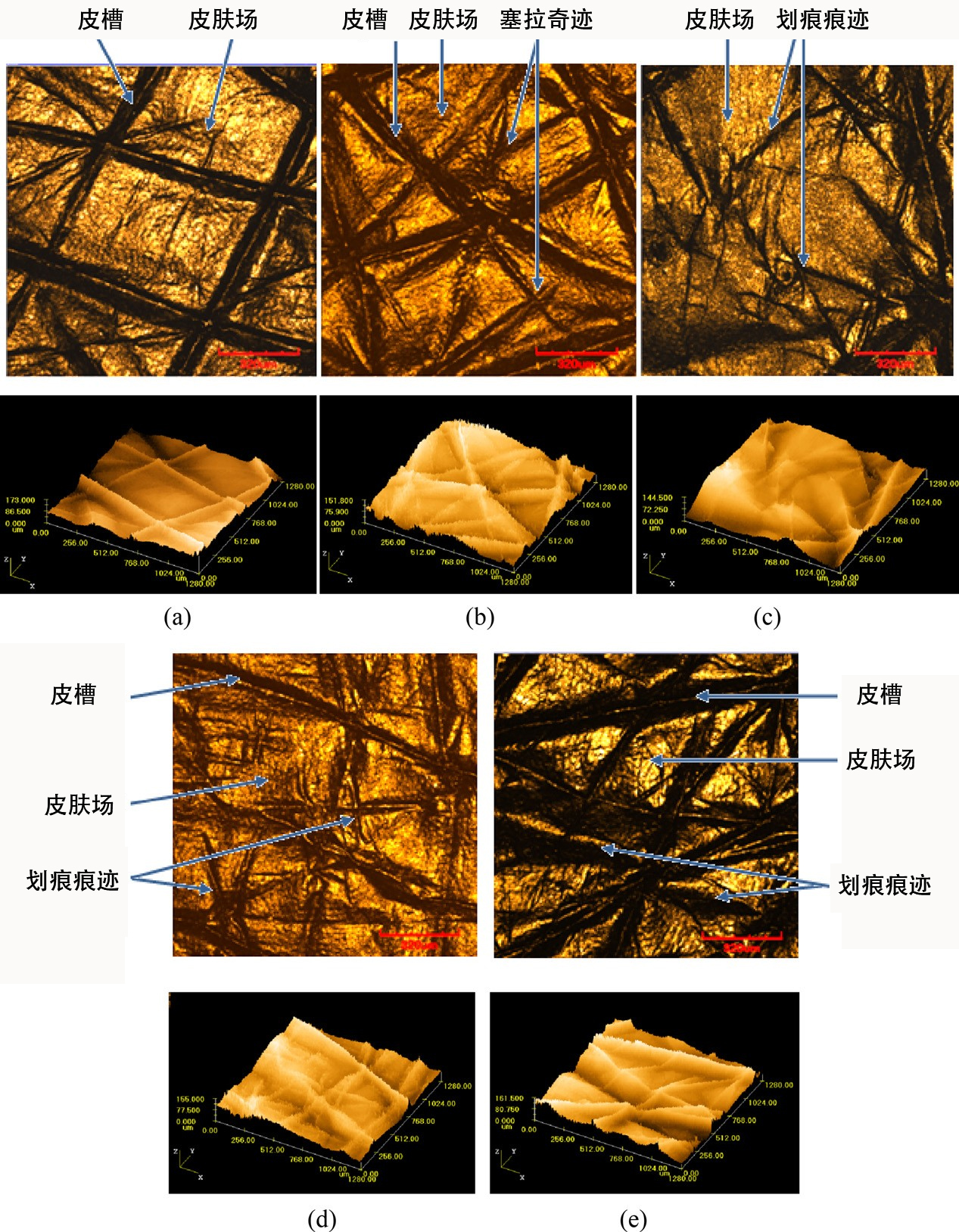News Center |

Nylon and wool tissue has rough surface, long and prominent textile fibers, which resulting in skin cuticle off and epidermis scratches in clear damage under the microscope, three-dimensional roughness of skin surface value is high. While cotton and silk samples have soft and smooth textile surface characteristics and have slight microtrauma to the skin.
Skin irritation
After the friction test, different degrees and sizes of erythema were observed on the skin of extremities due to the different fabric of socks. All sock fabrics showed mild to moderate erythema and edema compared with the control group. Cotton and silk have mild positive reactions to the skin, while nylon and wool have moderate positive reactions to the skin.
Stimulation tends to reduce the efficiency of cuticle barrier function. We found that different degrees of erythema were evidence of interference with the visual barrier. As skin temperature increases, the spread of erythema through the skin membrane increases, which tests the sensation of heat on the skin. In this study, the factors affecting the stimulus mainly depend on the physical properties of the penetrator. Long, hard and protruding textile fibers such as nylon and wool can penetrate skin cell membranes under friction conditions and cause moderate irritation to the skin, while cotton and silk fabrics have soft and smooth surfaces and are less irritating to the skin.

Skin feeling
Friction on the skin surface and stress on the internal and subcutaneous tissues cause a sensation of skin pain, friction, and heat. External forces damage skin and tissues. Skin sensation can be used to indicate the onset and progression of injury. They are also related to the surface properties of the contact material on the skin. The graph shows a typical change in skin sensation during a volunteer's friction test of different sock fabrics. The skin of the volunteers felt the same as that of normal subjects. Subjects defined skin comfort sensation at 1min intervals for each friction test. Each of the four socks feels different from the other. And these feelings increase over time. Over time, the pain and dragging went from mild to severe, while the heat sensation was less pronounced than the other two. Of all the sock fabrics, wool caused the most pain and heat, while nylon caused the most resistance. As with the skin irritation above, rough texture and hard bumps. Nylon and wool textile fibers can cause more pain and pull. The pain and pulling caused by cotton thread was mild without obvious fever, while the pain and pulling caused by cotton thread was weak. In contrast, wool and nylon samples produced more discomfort than cotton and silk samples under prolonged rubbing conditions. The friction and wear behavior, mechanical stimulation and comfortable feeling of four kinds of prosthesis socks fabrics on residual skin were studied under the condition of simulating the friction of prosthesis receiving cavity. According to the given test conditions, the following conclusions can be drawn:
1. Fabric structure parameters, surface characteristics and material composition have varying degrees of influence on tribological behavior, mechanical stimulation and comfort feeling of limb skin.
2. When the skin slides over wool and nylon socks, the friction coefficient is higher, because the rough woven surface and hard and prominent textile fibers of wool and nylon socks cause obvious microscopic trauma to the skin, accompanied by skin irritation and discomfort. Cotton stockings have soft, smooth textile properties, and when the skin slides on cotton stockings, the coefficient of friction is low, and there is less irritation and discomfort.
Copyright © 2015 USA-YOBAND. All Rights Reserved 沪ICP备09003269号